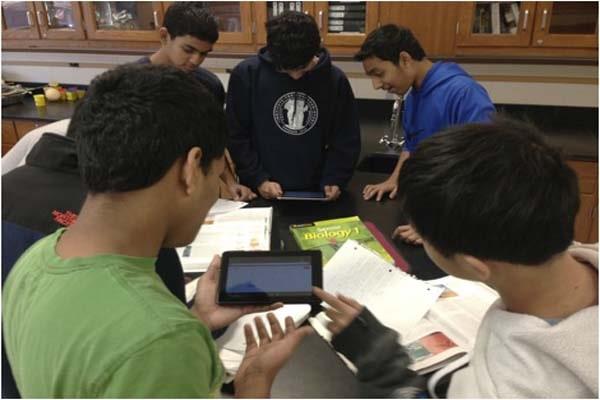What do those letter stand for?
A vision chart?
A revolutionary acronym?
No and no. Take a look at the first row of your computer keyboard. Go ahead, I will wait. Reading on an iPad or iPhone? Pull up your keyboard. It still works.
You should see Q W E R T Y, exactly in that order. Ever wonder why those letters appear like that on the keyboard?
Let me inform you real quick. In the early stages of the typewriter the keys used to jam frequently, especially if commonly typed letters were located next to each other. The solution then was to separate common letters. Easy fix.
I hope this question popped into your mind–then why did we keep it like this?
Great question. It didn’t take long for the jamming issue to be corrected, but we insisted on keeping Q W E R T Y. People complained the social cost of switching would be too high. We already learned to type a certain way, and if we switched people would lose the skills they learned. Although it might make sense to have a keyboard where the most commonly used letter are together, we bucked the ‘rational’ thought because we didn’t want to change what we were used to. As Seymour Papert (1980) wrote, “preserving practices that have no rational basis beyond their historical roots in an earlier period of technological and theoretical development.”
So what does this have to do with education?
Papert used Q W E R T Y as an analogy to how we use computers in the classroom. Although children can use computers to create, build, program, imagine, and discover, we use them for outdated pedagogy like drill and kill. We want the computer to do something to the child. We want the computer to make the child a better reader, a faster multiplier, a quicker memorizer. We have this backward.
Here’s one more interesting question–when did Papert write the above points?
34 years ago in the year 1980!!!!!!
This is why I recommend his classic book, Mindstorms. It may not be the most flashy book or even the easiest to read. There are some parts that feel outdated and some sections are admittingly a bit tough to get through. But the overall message is extremely important to educators today. Computers can unlock powerful ideas, inspirational learning, and ultimate creativity in children. Children can use computers to be scientists and programmers, inventors and tinkerers. Children can learn how the world works through discovery and exploration. Children can learn skills like persistence, collaboration, and ‘de-bugging’. Computers can make learning participatory and exciting.
Yet education technology and the way we use computers in the classroom smells a lot like Q W E R T Y. The pedagogy is outdated and we make computers fit that historic pedagogy. For what reason? The reason is we feel very comfortable and we really don’t want to change what we are used to. Even if what we are used to makes no sense today. I think it’s time for that to change.
